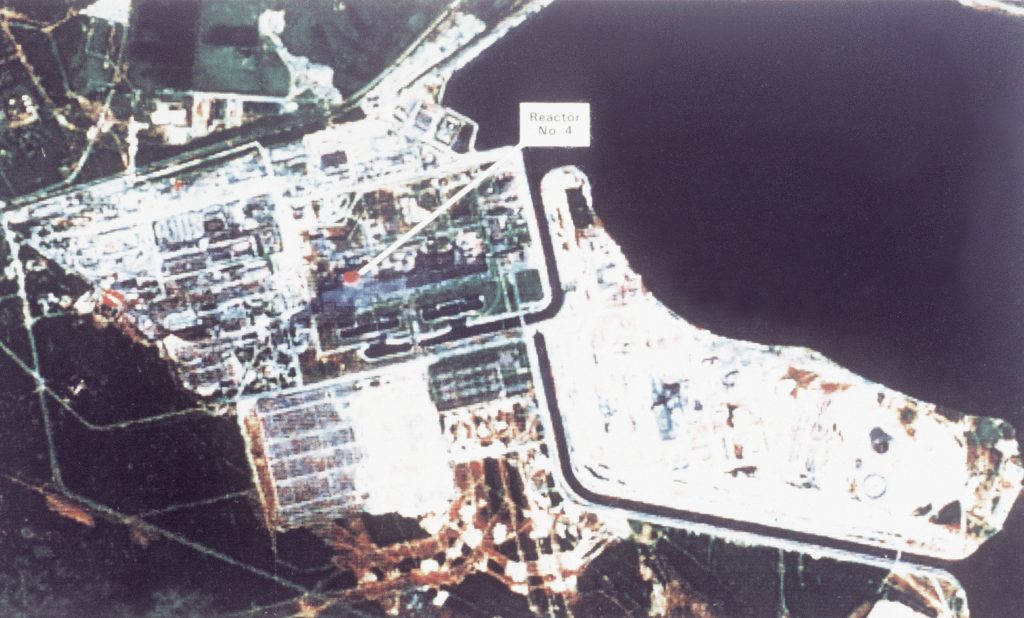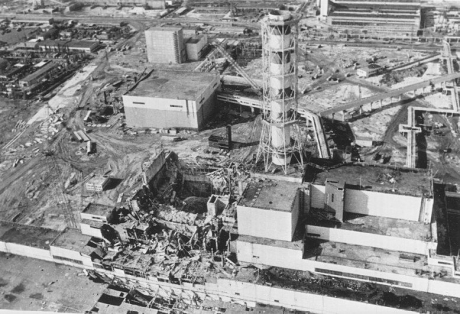For a third day, the DOW fell big, along with other U.S. stock markets. Stock markets around the world being affected. This is because Japan has become the “parts” supplier to the global economy. Auto parts to electronic chips are made in Japan. This production has come to a virtual stand still. One analyst said that if this situation lasts a few weeks (best case) consumers can expect noticeable increases in prices.
It must be remembered that the Great Depression, that hit the United States in the 1930s, was not solely caused by the investment/finance crash of ’29. What put the U.S. into a Great Depression was the loss of its main industry at the time; agriculture. Because of the quake, tsunami, and now nuclear disaster, Japan has essentially lost its main industries.
Until the Second World War, agriculture was the biggest industry in the U.S. Most Americans worked in farming, or agriculture related jobs. The industry was hit by a disaster that was a combination of Mother Earth, and man made. The plain states, and mid west, had been dealing with a major drought, and, farming techniques destroyed the top soil. This is where the term “Dust Bowl” came from.
The result was that hundreds of thousands of Americans lost their jobs and their homes, just from the collapse of the agriculture industry. Combined with the losses of the finance/investment industries (which affected manufacturing) this created the Great Depression.
The World is already in a major financial crisis, bigger than what hit the world prior to the Great Depression in the U.S. (other countries, like Germany had already experience a depression). Now we have the natural/man made disasters that could push the World into a Great Depression.
Never before have the economies of the World been so tied together. We have a dominoes situation. Japan, being a major parts supplier, could be the dominoe that starts the fall.


